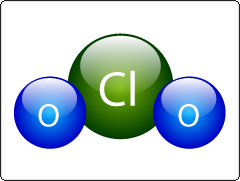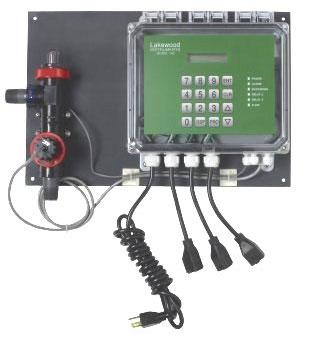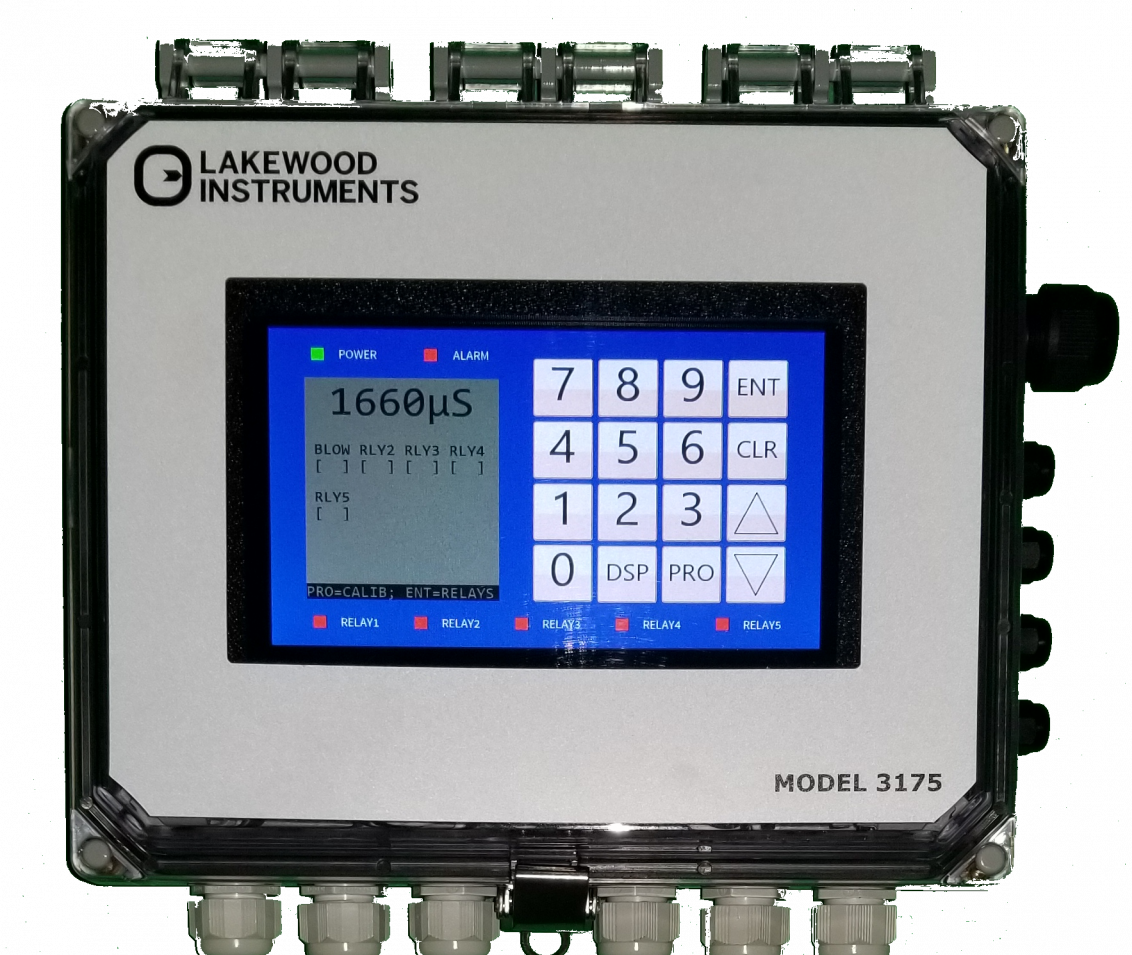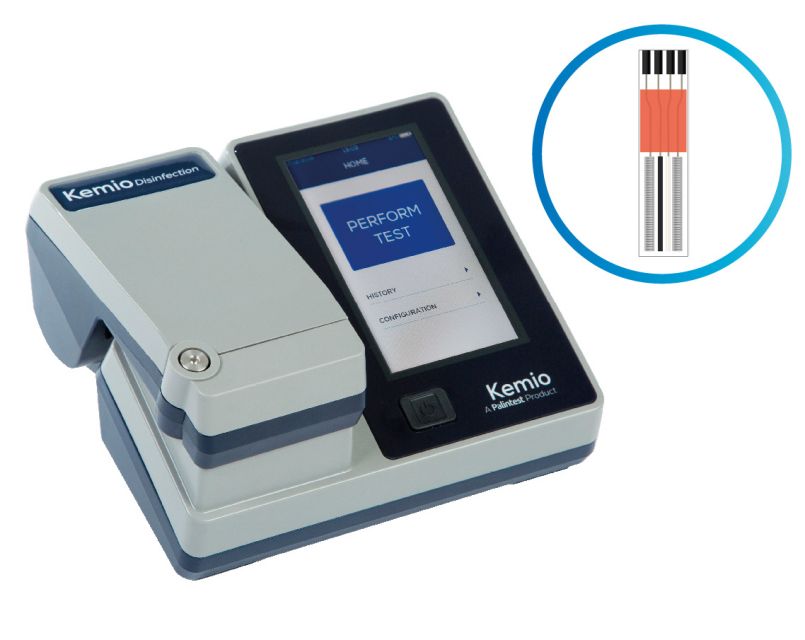Methods for determining chlorine dioxide and its oxychlorine by-products in water
September 01, 2017 0 Comments

The analysis of chlorine dioxide and its oxychlorine by products in water is a difficult topic due to the volatility of chlorine dioxide and to the interferences from other species with standard test methods. In the real samples, this is further complicated as chlorine dioxide is often used in a system which is dynamic and therefore sampling is also important.
USEPA Regulations
The USEPA require that both chlorine dioxide (ClO2) and chlorite (ClO2-) are monitored daily at the start of a distribution network and that chlorite is measured less frequently at various points throughout a network. Chlorate is not required, although is included under the Information Collection Rule.
The following are methods that have been approved by the USEPA for ClO2 monitoring:
- Amperometric titration (Standard Method 4500 - ClO2 E)
- Colorimetric DPD (Standard Method 4500 - ClO2 D)
- Colorimetric Lissamine Green (USEPA Method 327.0 V1.1)
- ChlordioX Plus Sensor System
As DPD has been removed as a standard method for determining ClO2 by the AWWA Standard Methods committee, the EPA will also probably remove it sooner rather than later.
As for chlorite, there are a few methods (such as ion chromatography) approved for chlorite monitoring. None of them are truly portable as the ChlordioX Plus is making it the only portable USEPA approved method for determining chlorite.
Methods in detail
- Iodometric titration (Standard Method 4500 - ClO2 Method B) - Iodometric titration of ClO2, Cl2, ClO2- and ClO3- is possible with although it is a very difficult and time consuming procedure to separate all the oxychlorine species. It is a better method for standardising chlorine dioxide solutions.
- Amperometric methods
Standard Method (4500 -ClO2 Method C) - Amperometric titration is an electrochemical method that measures current flow when a fixed voltage is applied to an electrode. By measuring the current whilst carrying out a titration with phenylarseine oxide, each oxychlorine species can be separated out and quantified. However, Method C has now been removed as an EPA approved method for measuring chlorine dioxide in drinking water due to inherent weaknesses in the test method.
Amperometric Method (4500 - ClO2 Method E) - Principle is as per Method C and the procedure is also similar but the inherent test weaknesses are avoided. This method is the standard method which all the ChlordioX Plus evaluations were compared to and is the industry standard method. In theory, as well as chlorine dioxide, chlorine and chlorite, chlorate can also be carried out using this method but it is complicated and therefore usually carried out via ion chromatography.
- DPD method Colorimetry (4500 - ClO2 Method D - Reserved) - The industry standard for portable testing of chlorine dioxide (and to a degree chlorite) but according to recent research is not selective enough in the presence of both chlorine dioxide and chlorite and also suffers from other interferences such as chromate and oxidised manganese. It is no longer a standard method (AWWA) but is still an EPA approved method.
- Lissamine (LGB) Green - Not a standard method but an EPA approved method for measuring chlorine dioxide (and chlorite in the presence of horseradish peroxidase). It is temperature dependent as it removes colour from the lissamine green indicator and, therefore, is not easy to use in the field and at its best in a laboratory environment.
- Ion Chromatography (4110 Determination of Oxyhalides using Ion Chromatography) - The standard method for chlorite and chlorate determination and a USEPA requirement although obviously not a field test.
- Spectrophotometry - Chlorine dioxide can be measured photometrically at 360nm using a standard spectrophotometer although the detection limit is relatively high and solutions containing chlorine dioxide and chlorite can be susceptible to interference (especially at longer wavelengths) so again it is best used as a tool for standardisation of solutions. Some field test kits also use this method but at wavelengths in the visible region.
Other colorimetric methods
Other colorimetric methods are available however none are approved for compliance testing.
This summary of methods is based on White’s Handbook of Chlorination and Alternative Disinfectants by the Black and Veatch Corporation, published by Wiley in 2010.
See here for a list of EPA methods approved for chlorine dioxide and chlorite monitoring under the alternative test methods program
Also in Blog

Advanced Cooling Tower Management: Enhancing Efficiency with Lakewood Model 140
February 28, 2024 0 Comments

Optimizing Cooling Tower Performance: Understanding Efficiency, Maintenance, and Water Quality Management
February 28, 2024 0 Comments

Revolutionizing Water Analysis: Everything You Need to Know About the Kemio KEM10DIS
April 19, 2023 0 Comments

